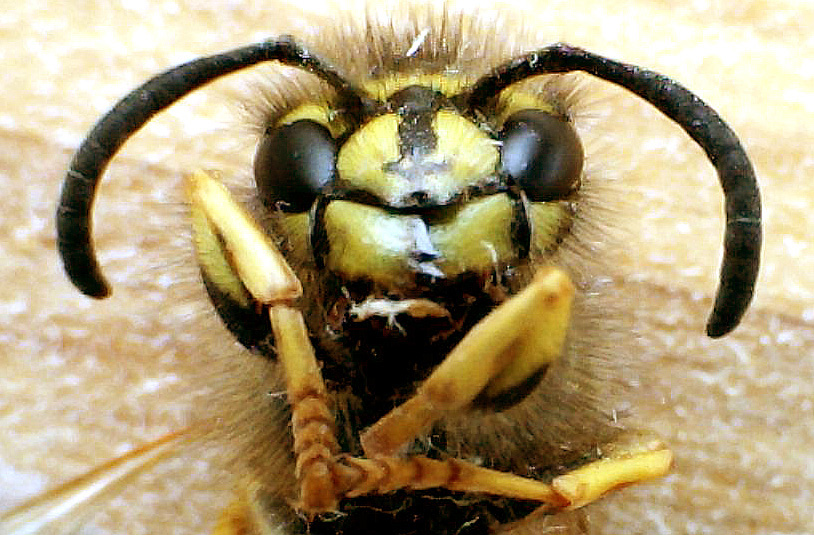THERE is a poignant scene towards the end of the film, A Man for All Seasons. Thomas More has been condemned to death for refusing to endorse Henry VIII’s divorce. Suddenly the screen fills with the cheerful close-up of a bumble bee buzzing busily in the heart of a rose.
Then the screen widens to take in what lies beyond the rose bush. It is the scaffold, the block, the axe, and the black-clad, masked executioner.
Whoever filmed that scene knew the joy of tiny things. I believe it was Patrick Carey, a film maker famous for his documentaries, which included Yeats Country; Errigal; Oisín; and The Port of Hull.
There is a whole world of such things out there – things living and non-living – that most of us never even notice, simply because they are too tiny to attract our attention. Take the snowflake, for instance. Of course we are familiar with those big plastic six-pointed stars that hang in our supermarkets at Christmas, but how often have we actually seen a real snow crystal close up?
If I catch a snowflake on my sleeve, and get down close to it before it melts, I see that it is made up of lots of minute six-pointed stars, every single one different from any other that ever was or ever will be.
There are other shapes too, stellar plates and dendrites, columns and needles, but the stars are best. They mesmerised Henry David Thoreau, as he wrote, in 1856: ‘How full of the creative genius is the air in which these are generated! I should hardly admire more if real stars fell and lodged on my coat.’
These snow crystals are tiny – you could fit several on the nail of your little finger. So a very good way of seeing them is to carry a small pocket magnifying glass. #
